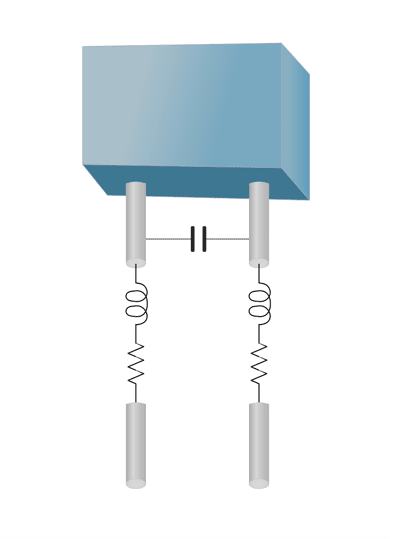
What’s Happening at Aurora Circuits.

Thermal Runaway
The dangers of thermal runaway in batteries is something that the EV market has been faced with from the start. Being thermal experts with PCBs, we’d like to share some the unique thermal challenges with battery technology:
Thermal runaway in batteries refers to a self-reinforcing, uncontrolled increase in temperature that can lead to catastrophic failure. This phenomenon is often associated with lithium-ion batteries, prevalent in numerous electronic devices and electric vehicles. The process begins with the overheating of a battery cell, typically due to internal or external factors such as manufacturing defects, overcharging, or exposure to high temperatures.
As the temperature rises, it accelerates chemical reactions within the battery, releasing more heat and further escalating the temperature. This positive feedback loop can result in the release of flammable electrolytes, gas emissions, and ultimately, fires or explosions. Manufacturers implement safety measures like thermal protection systems and battery management systems to mitigate the risk of thermal runaway. Understanding and addressing the factors contributing to thermal runaway are crucial for enhancing battery safety in various applications.
Fighting Back Against Parasitics: Our Recent Blog

In our recent blog we discussed the current issue and types of parasitics in electronics. Our breakdown is indicative of the challenges that many designers and engineers face when simulating PCB designs. For a quick look, check out a snippet:
Stray capacitance is one of the most common parasitic elements in electronics. It occurs when two conductive elements are separated by an insulating material, such as the dielectric in a printed circuit board (PCB). Stray capacitance can lead to unintended coupling between various parts of a circuit, affecting signal integrity, impedance matching, and circuit response. For high-frequency and high-speed applications, stray capacitance can result in signal distortion and cross-talk between adjacent traces, leading to data errors or interference.
Stray inductance is another significant parasitic element in electronic circuits. It arises from the conductive paths formed by traces, wires, or components and can have a detrimental impact on circuits, especially in high-frequency and high-current applications. Stray inductance can result in voltage spikes, ringing, and electromagnetic interference (EMI). These effects can damage components and disrupt the normal operation of a circuit. Managing stray inductance is crucial to ensuring circuit stability and preventing unintended consequences.
Parasitic resistance is yet another challenge in electronics, although it is often less pronounced than capacitance and inductance. Parasitic resistance can lead to power losses, voltage drops, and increased heat generation in electronic components. In power electronics, where efficiency is critical, even small parasitic resistances can have a substantial impact on the overall performance of a system. Careful consideration of parasitic resistance is essential to minimize power losses and maximize system efficiency.
To read the entire blog, please click here.
A lot has changed over the past 70 years, but what hasn’t changed is Aurora Circuits dedication to remaining 100% American Made. With over 70 years of knowledge and experience to make your project a reality, we stand by our commitment to manufacture the highest quality products founded on expertise and innovation.





